In 20th-century Scotland, roving gangsters punished each other by carving the sides of a victim's mouth into a demented grin known as the "Glasgow smile." But this bloody practice didn't end there.
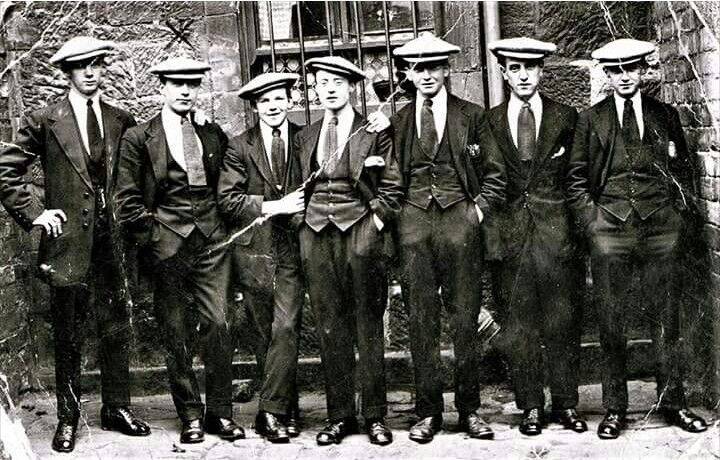
Mitchell Library, GlasgowGlasgow razor gangs like the Bridgeton Team popularized the Glasgow smile, an eerie set of scars on either side of a victim’s mouth.
Humans are unusually creative when it comes to dreaming up novel ways to inflict pain, and a few such methods are so gruesome that they have warranted an enduring place in history all their own. The Glasgow smile is one such torture method.
Inflicted by cutting from one or both corners of the victim’s mouth, sometimes all the way to the ears, the so-called Glasgow smile originated in a dark period in the Scottish city of the same name. The victim’s screams of pain only served to tear the cuts open further, resulting in a terrifying scar that marked the wearer for life.
In fiction, the Glasgow smile — which is sometimes known as the Chelsea smile or the Chelsea grin — is most notoriously associated with the Joker, the iconic Batman villain. But it’s been horrifyingly given to people in real life, too.
How The Scottish Slums Birthed The Glasgow Smile

Wikimedia CommonsIn the 19th century, Glasgow, Scotland’s industrial boom drew thousands of workers who would struggle in cramped tenements.
The origins of the Glasgow smile is lost in the murky depths of Scotland’s Industrial Revolution. Between 1830 and 1880, the population of the city of Glasgow more than doubled, thanks to farmers being driven off of small plots of land in the countryside.
The establishment of numerous factories and dockyards in Glasgow made it one of the most popular destinations for these newly displaced workers, and what had been an important but small city was soon the largest in Scotland.
Unfortunately, while the promise of work had attracted the new Glaswegians, safety, health, and opportunity were sorely lacking. The new working class crowded into tenements plagued with disease, malnutrition, and poverty, a classic recipe for violent crime and desperation.
The end of World War I only compounded these problems. A collection of criminal organizations known as the Glasgow razor gangs controlled minor criminal empires in the city’s East End and South Side, particularly the neighborhood known as the Gorbals.
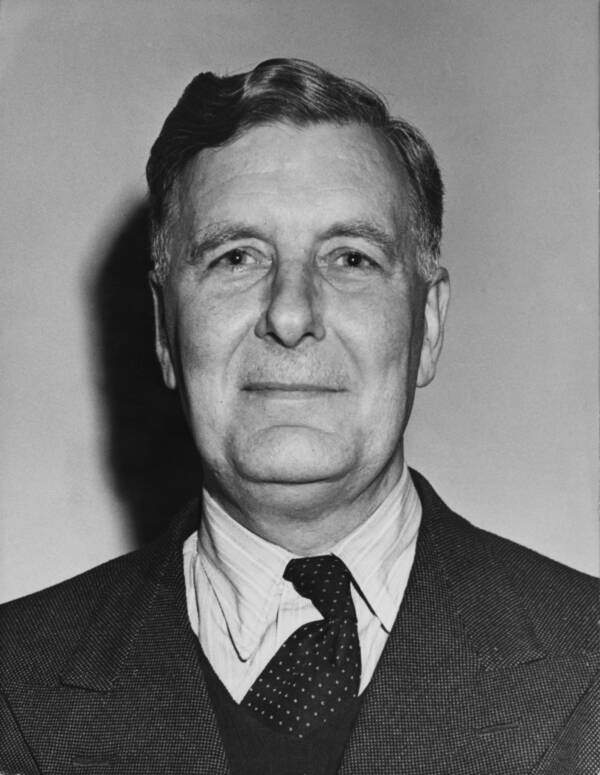
Getty ImagesAfter helping to clean up the streets of Glasgow — for a time — Percy Sillitoe went on to become Director General of MI5, the United Kingdom’s internal security service.
The rivalries between these groups followed religious lines, with gangs like the Protestant Billy Boys facing off against the Catholic Norman Conks — and these later gave rise to smaller, equally brutal groups who readily carved up their rivals with razors in endless back-and-forth wars.
The most visible mark of retribution in these wars was “the smile,” which was easily and quickly performed with a razor, work knife, or even a shard of glass. The scars indicated any Glaswegian who’d incurred the wrath of one of the city’s many gangs.
Desperate to suppress Glasgow’s growing reputation as a violent criminal underworld, city elders recruited Percy Sillitoe, a veteran policeman of the United Kingdom, to combat the gangs. He succeeded and closed the 1930s with the various gangs broken up and their leaders in jail. But it was too late to destroy their gruesome trademark.
Notorious Examples Of The Glasgow Smile, From Fascists To Murder Victims
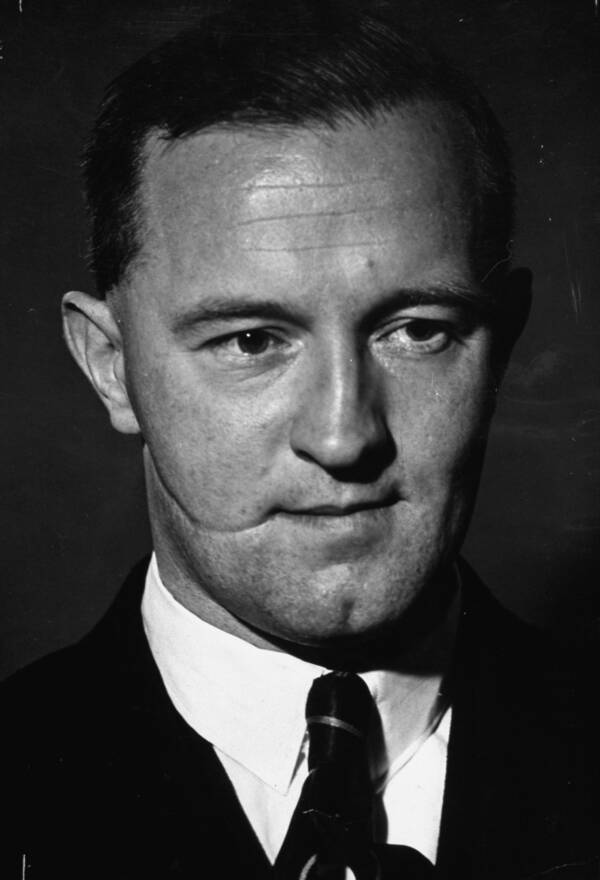
Getty Images1920s fascist politician William Joyce sports an eerie Glasgow smile.
The Glasgow smile wasn’t reserved for the likes of Scotland’s gangs. Indeed, politicians and murder victims alike were subject to the torturous act.
One such example was William Joyce, a.k.a. Lord Haw-Haw. Despite his nickname, Lord-Haw-Haw was no aristocrat. Rather, he was born in Brooklyn, New York, and was the son of poor Irish Catholics. He later stumbled into the shadows of the Irish War of Independence before drifting over to England. There, he discovered a rabid passion for fascism and became a steward for the British Fascists.
One of the British Fascists’ favorite activities was to act as a security force for Conservative Party politicians, and this is what Joyce was doing on the evening of Oct. 22, 1924, in Lambeth, London. As he stood watch, an unknown attacker leaped at him from behind, striking him on the face before disappearing.
Joyce was left with disturbingly deep and long gash along the right side of his face that would, ultimately, heal into a Glasgow smile.
Joyce would then go on to hold a prominent position in Oswald Mosley’s British Union of Fascists, which espoused Nazism leading up to World War II. His scar – which he called Die Schramme, or “the scratch” – would be a telltale sign for the Allies when they smashed into Germany in 1945, just months before he was hanged as a traitor.

Wikimedia CommonsAlbert Fish, seen here in 1903, murdered several children between 1924 and 1932. He mutilated his second victim, 4-year old Billy Gaffney, by carving the Glasgow smile into his cheeks.
The Glasgow smile was also by no means bound to Britain alone. In 1934, serial killer and so-called Brooklyn Vampire Albert Fish‘s reign of terror ended in New York City. The seemingly-mild-mannered man had a grisly habit of molesting, torturing, and eating children — as well as branding one with a Glasgow smile.
Fish first murdered and ate 10-year-old Grace Budd, and the investigation into her disappearance led to more morbid victims of his. Billy Gaffney, for instance, was Fish’s next unfortunate victim. In February 1927, the four-year old boy failed to return home. Eventually, suspicion fell on Fish who gleefully confirmed that, among other heinous actions, he had “cut off his [Gaffney’s] ears – nose – slit his mouth from ear to ear.”
Although Fish would stand trial for the murder of Grace Budd in 1935, Gaffney’s family would never receive even the small comfort of having a body to bury. His remains were never discovered, and the terrifying image of the little boy with the disfigured face would forever after be a dark footnote in the story of one of America’s earliest-known serial killers.
The Infamous Black Dahlia Murder Victim Was Found With A Chelsea Grin
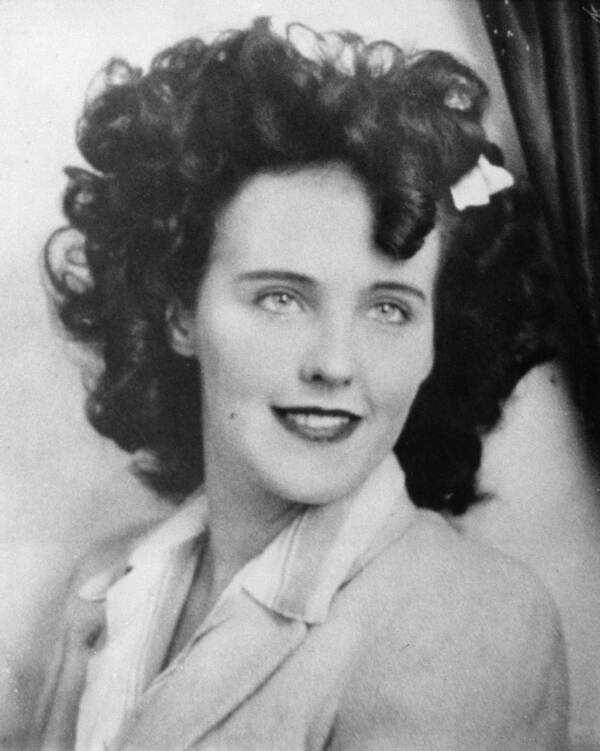
Wikimedia CommonsElizabeth Short, better known as the Black Dahlia, was found in early 1947 with her face sliced into the characteristic Glasgow grin.
Perhaps the best-known instance of the Glasgow smile is the one which disfigured the beautiful Elizabeth Short, known after her death as “The Black Dahlia.” Short was a waitress and aspiring actress in Los Angeles when her mutilated body was discovered one January morning in 1947.
The extent of Short’s wounds made national headlines: cut cleanly in two at the waist, her limbs bearing extensive knife cuts and set in a bizarre pose, and her face cut neatly from the edges of her mouth right up to her earlobes. The grisly, haunting grin that slashed across her face was kept out of newspaper photographs.
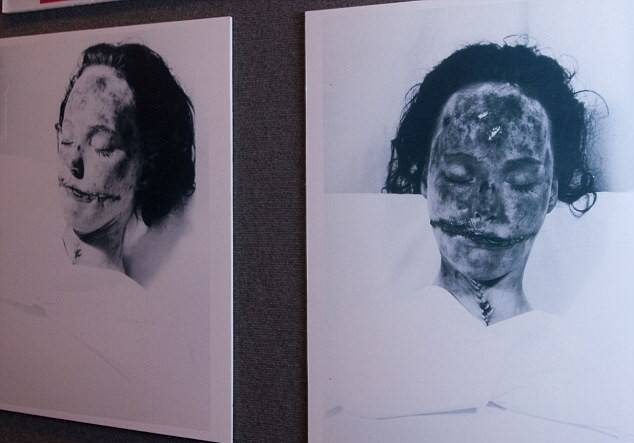
Matt Terhune/Splash NewsAutopsy photos of Short show the terrifying Chelsea grin that was carved into her face.
Despite a media frenzy and a mammoth investigation that involved over 150 Black Dahlia suspects, Short’s killer was never identified. To this day, her death remains one of the most disturbing cold cases in criminal history.
In the cruelest twist of fate, Short never became known for the roles she was vying for — but rather, for the hideous manner in which she was murdered, and the Glasgow smile which adorned her beautiful face.
The Eerie Smile Sees A Resurgence

Getty ImagesThe Chelsea Headhunters, an infamous group of soccer hooligans with links to violent far-right groups, adopted the smile as their grisly calling card. Here they are in a brawl during a soccer game on Feb. 6, 1985.
Today, the Glasgow smile has seen a resurgence in its country of origin.
In the 1970s, gangs rose around the United Kingdom’s soccer teams that caused violence at games across the country. Meanwhile, the organization of white supremacists, neo-Nazis, and other hate groups increased in the United Kingdom. Out of this toxic brew came the Chelsea Headhunters, a group linked to Chelsea Football Club, who quickly established a reputation for extreme brutality.
Drawing on the tradition of terror inspired by Glasgow’s fearsome gangs of the Industrial Revolution, the Headhunters adopted the Glasgow smile as their own trademark, calling it “the Chelsea smile” or “the Chelsea grin.”
In fevered battles at soccer matches, the Headhunters would often face off with hated rivals from other London districts — particularly South London’s equally-violent Millwall — and these face-offs would result in riotous brawls which even the most hardened police were hard-pressed to halt.
In London’s King’s Road, near Chelsea’s Stamford Bridge stadium, the Headhunters became notorious for administering the “grin” to any who crossed them, whether the offenders were members of their own crew who’d slipped up or loyalists of opposing factions.
This grisly mutilation is so pervasive that it can even be found in medical textbooks that feature recommended methods of treatment. In 2011, it was estimated that someone in Glasgow suffered the serious facial injury once every six hours, which suggests that the grisly punishment isn’t going anywhere any time soon.
After learning the grim history behind the Glasgow smile, learn about another torturous act known as the Blood Eagle, a Viking punishment almost too brutal to be real. Then, learn about the brutal act of keelhauling, how sailors punished each other for the worst crimes.





